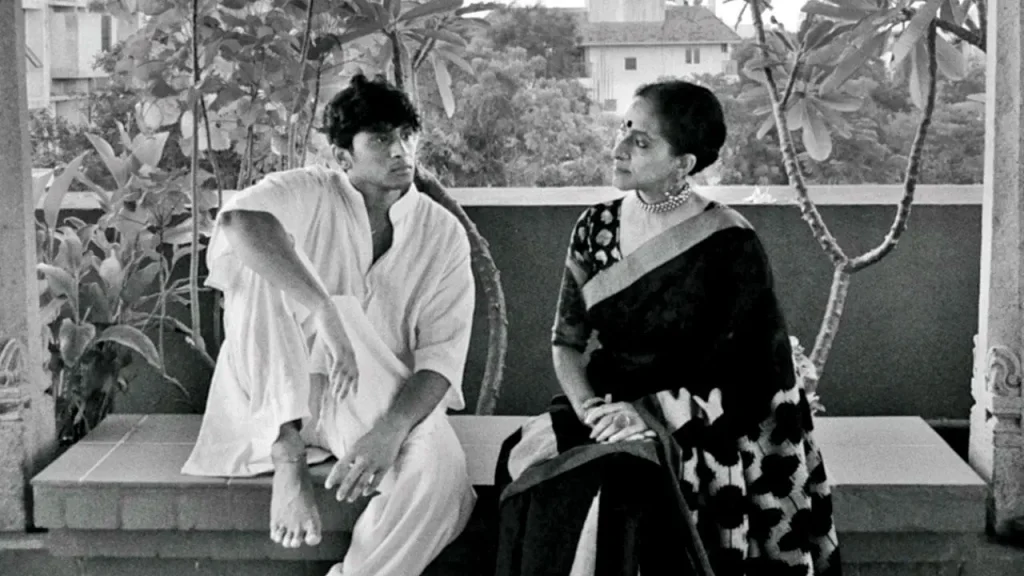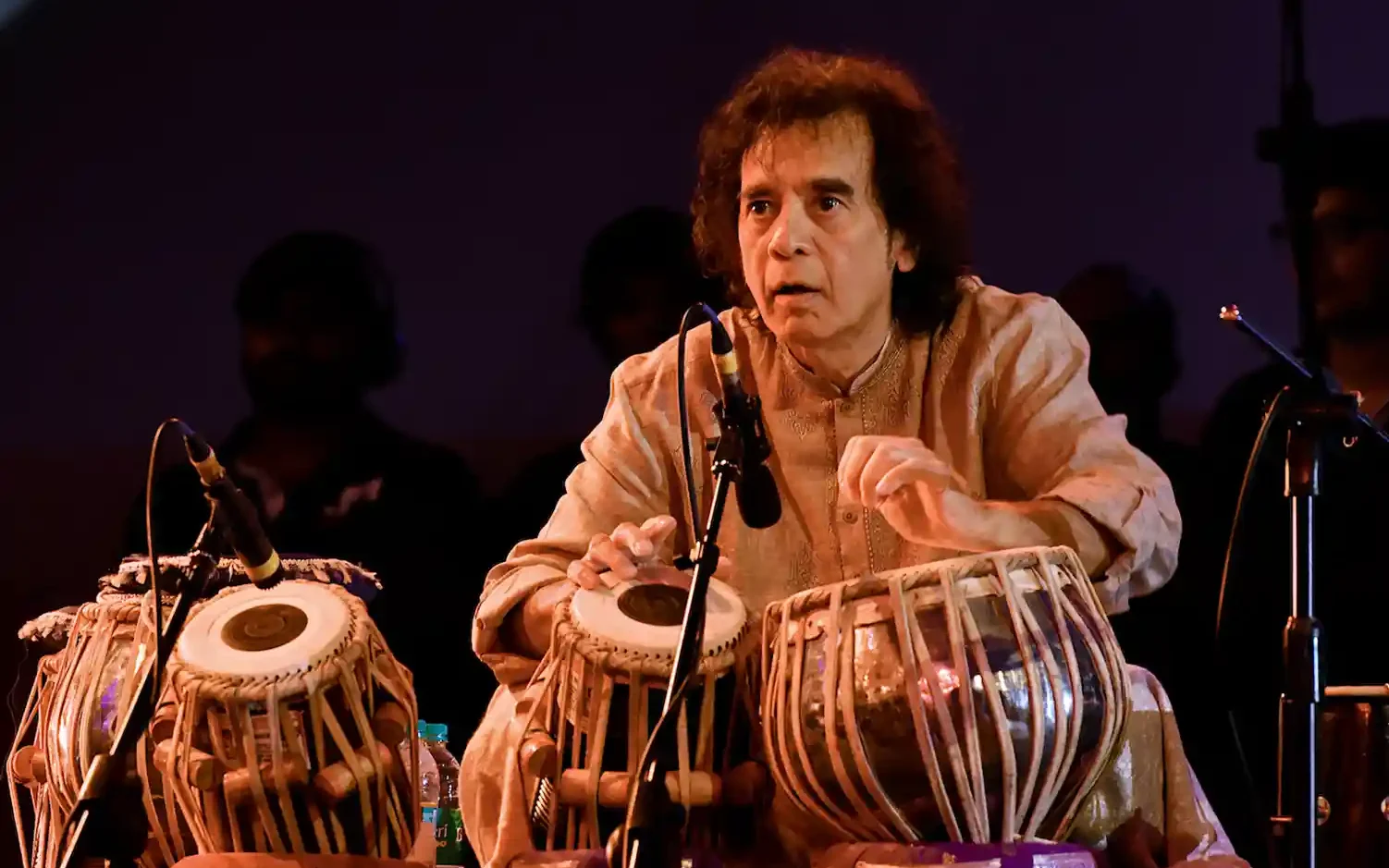
The term “vīṇā” has appeared in various Vedic texts dating back to the early first millennium B.C.E. Originally a generic designation for stringed instruments, the term has been used in diverse ways across India and throughout parts of Southeast Asia. Evolving directly from earlier medieval stick zithers, the Hindustani bīṇ (the word for vīṇā or rudra veena in North India) came to be regarded as one of the most esteemed instruments in the Hindustani musical tradition. Alongside the rabāb, the bīṇ held a central place in court and classical music traditions. Its significance was underscored by the honorary title mahatī vīṇā (the great vīṇā). The art of playing the bīṇ was transmitted through hereditary family traditions, or gharānās, some of which trace their lineage back to the legendary court musician Tānsen, who served under the Mughal Emperor Akbar. Musical knowledge was closely guarded within these lineages, and professional performance of the bīṇ was typically restricted to male members of the family.

The modern form of the bīṇ likely emerged during the 19th century. Earlier versions featured a string holder made of bamboo with wooden end pieces inserted; later designs replaced this with a fully wooden tube, constructed by joining two hollowed-out halves. At the lower end sits a high, often hollow bridge supported by a wide, arched piece of bone. The instrument now has 24 tall wooden frets with metal inlays along the playing edges, laced on in a movable fashion. Seven large tuning pegs are inserted through the string holder from both the right and left sides. Four main playing strings run across the frets, accompanied by three additional strings—used for drone and rhythmic punctuation—two positioned on the left side of the tube (closest to the player) and one on the right. These auxiliary strings each rest on separate, broad bone bridges at the lower end of the instrument. Two large resonators, made from bottle gourds fitted with wooden components, are attached to the back of the string carrier using hollow threaded fittings. Each resonator has a hand-sized round opening at the rear, contributing to the bīṇ’s distinctive tonal resonance.
This according to a recently published entry on the vina by Pia Srinivasan Buonomo in MGG Online.













